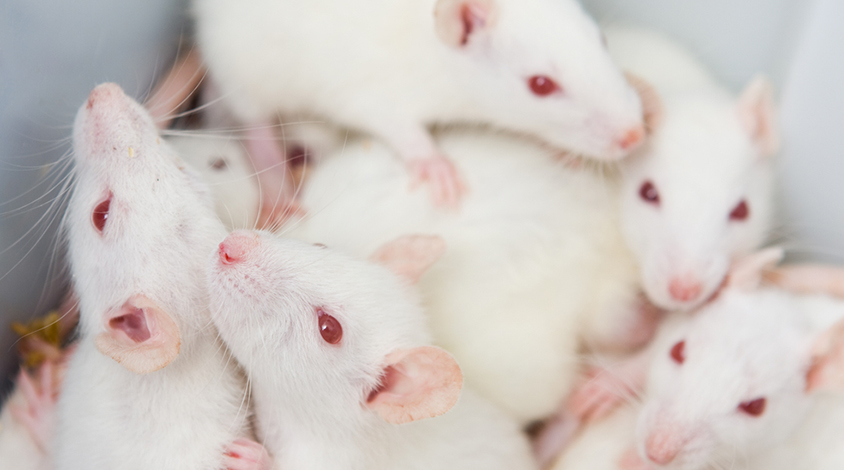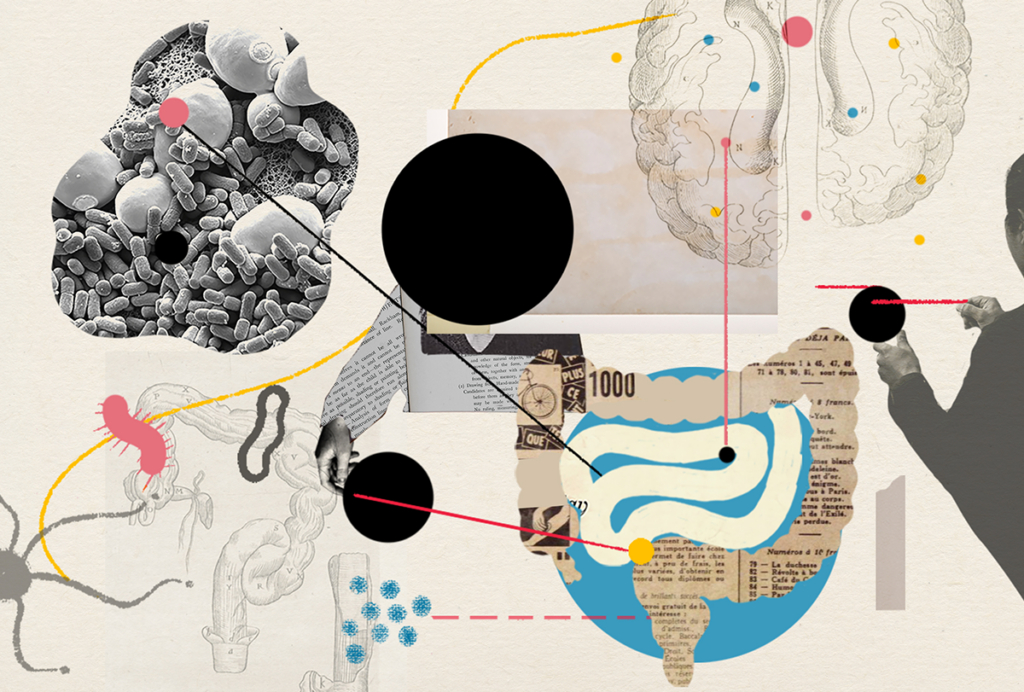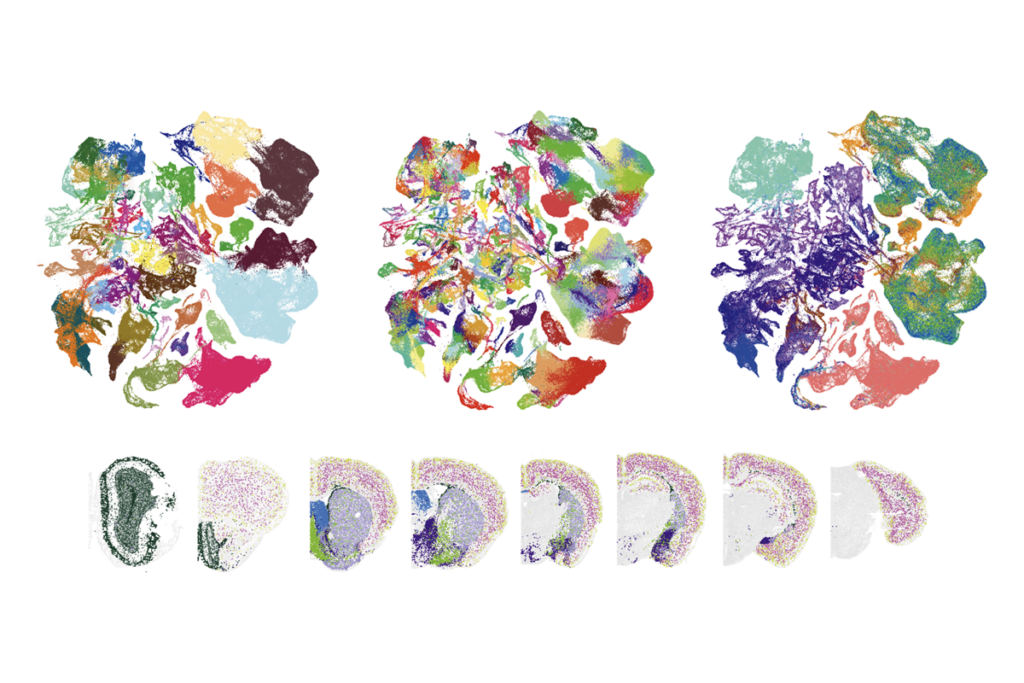
Autism-like behaviors crop up in pesticide-exposed rats
Female rats exposed to the pesticide chlorpyrifos show little interest in social interaction.
Female rats exposed to the pesticide chlorpyrifos show little interest in two forms of social interaction — roughhousing with their cagemates and calling to their mothers. The unpublished results were presented today at the 2016 Society for Neuroscience annual meeting in San Diego.
The findings add weight to speculation that prenatal exposure to environmental chemicals may tip the balance toward autism in those genetically predisposed to the condition.
“We’ve developed a new animal model to look at [autism] risk factors that are potentially preventable,” says lead researcher Jill Silverman, assistant adjunct professor of psychiatry and behavioral sciences at the University of California Davis School of Medicine.
Researchers caution, however, that results in rats may not apply to people.
“These are models that allow us to ask about what processes are at play, but you have to be cautious in translating them to humans,” says Emanuel DiCicco-Bloom, a professor of neuroscience and cell biology at Rutgers University, who was not involved in the study.
Chlorpyrifos is an organophosphate, the class of pesticides most commonly sprayed on agricultural crops in the United States. A 2011 study found that children exposed to high levels of chlorpyrifos in the womb have difficulties with motor skills, memory, cognition and behavior at age 71.
In one mouse model of autism, pesticide-exposed pups make fewer vocalizations after birth and develop disordered tissue layers in the brain.
Oh, rats:
In the new study, Silverman’s team explored the chlorpyrifos-autism link in Sprague-Dawley rats, which are smarter and more sociable than mice.
The researchers exposed rat pups to a low dose of chlorpyrifos or to coconut oil, over the first four days of life, a period analogous to the third trimester of pregnancy in humans. For the following week, an ultrasonic microphone in the animals’ cage picked up every instance of a pup calling to its mother.
After the pups matured into juveniles, video-tracking software recorded their behavior. The researchers determined how much time they spent in a solitary part of the cage versus a common area. They also tracked how often they roughhoused or explored an unfamiliar part of the enclosure.
Pesticide-exposed female pups, but not males, called to their mothers less often than oil-exposed pups did. Juvenile rats of both sexes sniffed out their cagemates and explored new areas as most rats do. But the pesticide-exposed females showed markedly little interest in rough play.
“We find that early exposure to chlorpyrifos affects not just one developmental behavior relevant to autism but two,” Silverman says. The researchers are trying to determine why females are more sensitive than males.
The new rat model could help researchers tease out the mechanisms that tie pesticide exposure to altered social behavior, says Mark Zylka, professor of cell biology and physiology at the University of North Carolina at Chapel Hill, who was not involved in the work.
For more reports from the 2016 Society for Neuroscience annual meeting, please click here.
References:
- Rauh V. et al. Environ. Health Perspect. 119, 1196-1201 (2011) PubMed
Recommended reading

Going against the gut: Q&A with Kevin Mitchell on the autism-microbiome theory

Constellation of studies charts brain development, offers ‘dramatic revision’
Explore more from The Transmitter

How will neuroscience training need to change in the future?


